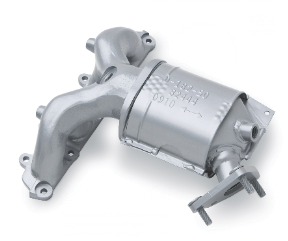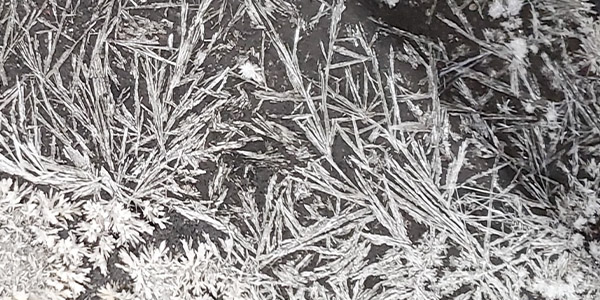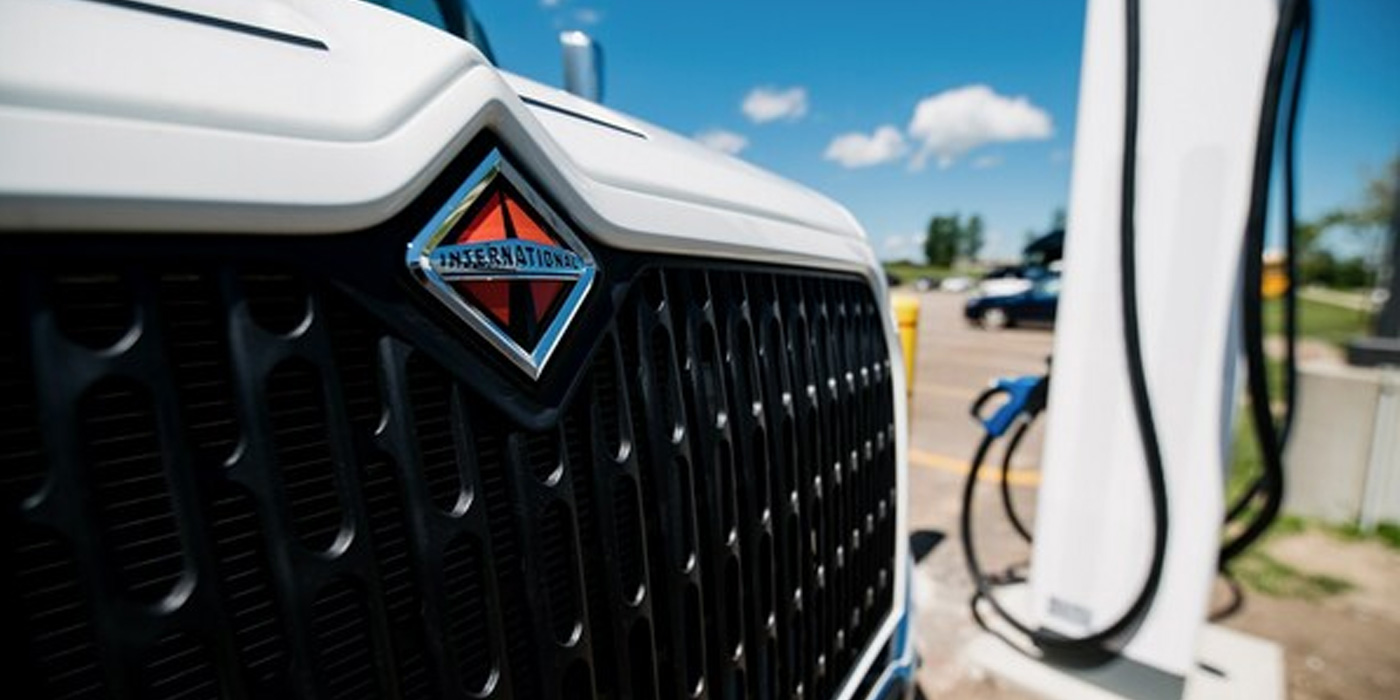 Tenneco continues to expand its Walker emissions control line, with nearly 270 new catalytic converter, muffler and exhaust assembly part numbers now available for popular domestic and import models. The new parts include Walker Ultra EPA-compliant converters, Walker CalCat CARB-compliant converters and premium Quiet-Flow SS stainless steel mufflers and assemblies.
Tenneco continues to expand its Walker emissions control line, with nearly 270 new catalytic converter, muffler and exhaust assembly part numbers now available for popular domestic and import models. The new parts include Walker Ultra EPA-compliant converters, Walker CalCat CARB-compliant converters and premium Quiet-Flow SS stainless steel mufflers and assemblies.
“Distributors and service providers rely on the Walker brand for high-quality products, easy installation and exceptional late-model coverage. Our continuous launch of new parts helps our channel partners maximize their competitive advantage by being able to provide the components other manufacturers can’t,” said Walker Marketing Coordinator Denise Hanefeld.
Among the new parts are several Walker Ultra manifold converters, which, like the original equipment parts for many OBD II (1996 and newer) vehicles, are designed to be installed directly onto the engine cylinder head. Ultra direct-fit converters feature OE-style pipe routing, flanges, hangers and enhanced heat shields, providing a perfect fit for quick and easy installation and trouble-free performance.
Walker CalCat converters, engineered to meet CARB requirements, are available for sale in all 50 states and Canada.
To learn more about Walker emissions control products and the latest Walker components for today’s vehicles, contact your Walker supplier or use the brand’s comprehensive, user-friendly electronic catalog at www.walkerexhaust.com.














